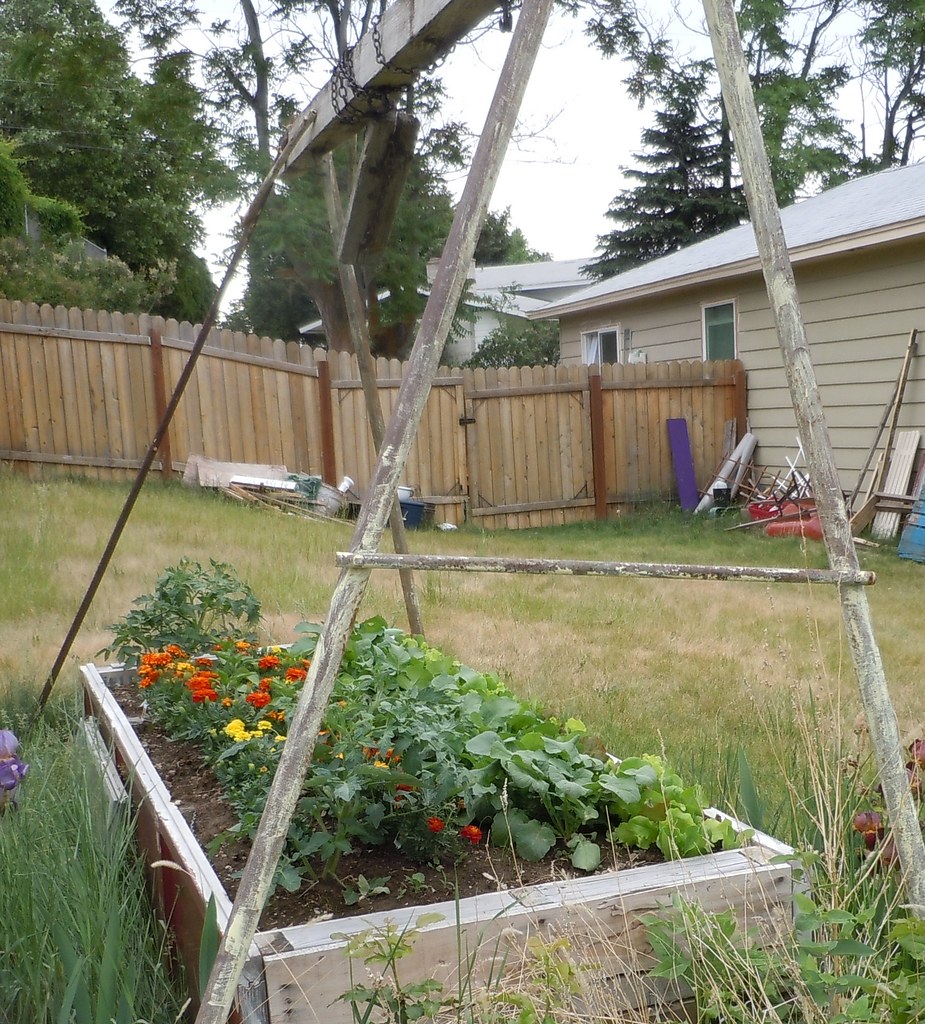Gardening enthusiasts, brace yourselves! As the summer sun wanes and the crisp autumn air hints at the coming frost, our green thumbs might twitch with a touch of sadness. The vibrant hues of our gardens begin to fade, and the bountiful harvests dwindle. But what if I told you that the end of the growing season doesn’t have to spell the end of your gardening joy? Enter the realm of greenhouses, and more specifically, the surprisingly affordable options at Costco. The same place where you can buy a year’s supply of peanut butter and a kayak also offers a sanctuary for your plants to thrive all year round.

Let’s dive into the world of Costco greenhouses.
Picture this: a range of sizes that cater to every gardener’s needs, from the modest elevated planter with a greenhouse cover to the grand 400-square-foot haven for your horticultural pursuits. And the prices? They’re as varied as the sizes, with the smallest options starting just over $200. For a walk-in experience, you’re looking at a price tag ranging from $750 to a cool $3,000.
I understand the initial perception that a greenhouse may seem like a luxury beyond reach. However, upon closer examination and comparison of Costco’s pricing with that of other retailers, you may discover a pleasantly surprising affordability.Take the Yardistry Greenhouse, for example. During a September sale, it was listed at $1,199.99, a significant markdown from its regular price of $1,499.99. Meanwhile, Home Depot had the same model for a whopping $2,199.99. And it’s not just a one-off deal; across the board, Costco’s prices are competitive, often beating out other big names like Amazon and Tractor Supply.

What about quality? It’s all well and good to save a few bucks, but not if your new greenhouse turns into a pile of sticks and plastic at the first strong gust of wind. Fear not, my fellow plant lovers. The reviews on Costco’s website are largely positive, with most models boasting at least four stars. Of course, it’s always wise to do your homework. A few YouTube tutorials and Reddit threads later, you’ll be well-versed in the strengths and weaknesses of each model.
If the mere thought of wielding a screwdriver sends shivers down your spine, you might be hesitant about the DIY aspect of these greenhouses. And you’d be right to pause; the larger models will require tools and a bit of elbow grease. But remember, the end result is a year-round gardening oasis. Plus, Costco’s satisfaction guarantee has your back if things go south.
Is a Costco greenhouse worth it? If you’re looking for value and are willing to put in the work, absolutely. Just make sure to consider your specific needs and local conditions. And don’t forget about the rewards! If you’re a savvy shopper with a rewards credit card itching to be used, you might want to weigh the benefits of purchasing your greenhouse elsewhere, especially if Costco’s Visa-only policy doesn’t align with your wallet.
Costco isn’t just a one-stop-shop for bulk goods; it’s a treasure trove of surprises.
From caskets to cars, and from fine jewelry to gym memberships, the range of products and services is staggering. And let’s not forget the perks of membership, which, for a modest annual fee, opens the door to discounts on everything from prescription drugs to vacations.
Back to our leafy friends and the greenhouse that will house them. If you’re considering a Costco greenhouse, you’re not just buying a structure; you’re investing in the potential for fresh produce and vibrant flowers even as the snow falls. It’s a commitment to sustainability, to the joy of cultivation, and to the magic of greenery that doesn’t fade with the seasons. So, as you ponder the prospect of a greenhouse, think of the possibilities, the extended growing season, and the satisfaction of a garden that never sleeps.
In the next section, we’ll dig into the nitty-gritty of maintaining your greenhouse. We’ll talk about the best ways to stain and seal the wood, the most effective caulks for sealing windows, and all the DIY tips you’ll need to keep your green haven in tip-top shape. Because, let’s face it, a greenhouse is more than just a purchase—it’s a project, a passion, and a gateway to year-round gardening glory.
Now that we’ve covered the ins and outs of snagging a greenhouse from Costco, let’s roll up our sleeves and delve into the DIY aspect of greenhouse maintenance and upkeep. After all, a greenhouse isn’t just a purchase; it’s a commitment to your garden, and like any good relationship, it requires care and attention.
Let’s talk about wood treatment.
If your Costco greenhouse comes with a wooden frame, you’ll want to protect that wood from the elements. Staining and sealing the wood is crucial to prevent rot, mold, and insect damage. But what products should you use? Well, for staining, you’ll want something that’s not just aesthetically pleasing but also offers a protective layer against moisture. A semi-transparent stain can enhance the natural beauty of the wood while providing weather-resistant properties. As for sealing, a good quality wood sealer will do the trick. It’ll lock out moisture, reduce the wood’s natural tendency to warp, and extend the life of your greenhouse.
Painting the wood is another option.
It provides a solid barrier against moisture and can give your greenhouse a pop of color or a clean, crisp look. However, keep in mind that paint might require more frequent touch-ups than stain, especially in areas with harsh weather conditions. So, weigh your options and choose what works best for you and your climate.
Let’s seal those windows.
Caulk is your best friend when it comes to sealing any gaps and ensuring your greenhouse retains heat during those chilly months. But not all caulk is created equal. You’ll want to use a silicone caulk for its flexibility and waterproof properties. It’s perfect for areas that are exposed to a lot of moisture and temperature changes. Apply it around each window pane to seal off drafts and keep the warmth where it belongs – with your plants.
Maintaining a greenhouse also means keeping an eye on ventilation. Good air circulation is vital for plant health, preventing mold, and controlling temperature. Make sure your vents are working properly and consider adding a small fan to help move air around on those still, hot days.

Temperature control is another key aspect. On sunny days, even in winter, a greenhouse can get too hot. Use a thermostat to monitor the temperature and open vents or use shade cloths to prevent overheating. Conversely, during the colder nights, you might need a heater to keep things toasty. Just be sure to follow all safety guidelines when using any heating devices in your greenhouse.
Do not forget about the interior layout.
Maximize your space with vertical shelving and consider using pots and trays that are easy to move around. This flexibility allows you to adjust your layout as plants grow or as the seasons change. And speaking of seasons, be mindful of what you plant and when. Some plants thrive in the cooler months, while others need the heat of summer. Plan your greenhouse garden accordingly to ensure a year-round bounty.
Keep it clean.
A tidy greenhouse is a happy greenhouse. Regularly sweep the floors, wipe down surfaces, and remove any dead plants or leaves. This not only keeps pests at bay but also prevents the spread of disease. Plus, it’s just plain satisfying to step into a clean, well-organized space filled with thriving plants.
A greenhouse from Costco can be a fantastic investment for the avid gardener. With some DIY know-how and regular maintenance, you can create a lush, productive haven that defies the seasons. Whether you’re a seasoned green thumb or a budding horticulturist, the joy of tending to your plants in a space that’s truly your own is unmatched. Embrace the DIY spirit, grab your tools, and make your greenhouse the envy of the neighborhood. After all, there’s nothing quite like the taste of a tomato you’ve grown yourself or the scent of fresh herbs picked right from your year-round garden.
Related posts:
Should You Buy a Costco Greenhouse?
20 surprising things you can buy at Costco
Best Tips For Building A DIY Backyard Greenhouse For Cold Weather Climates





